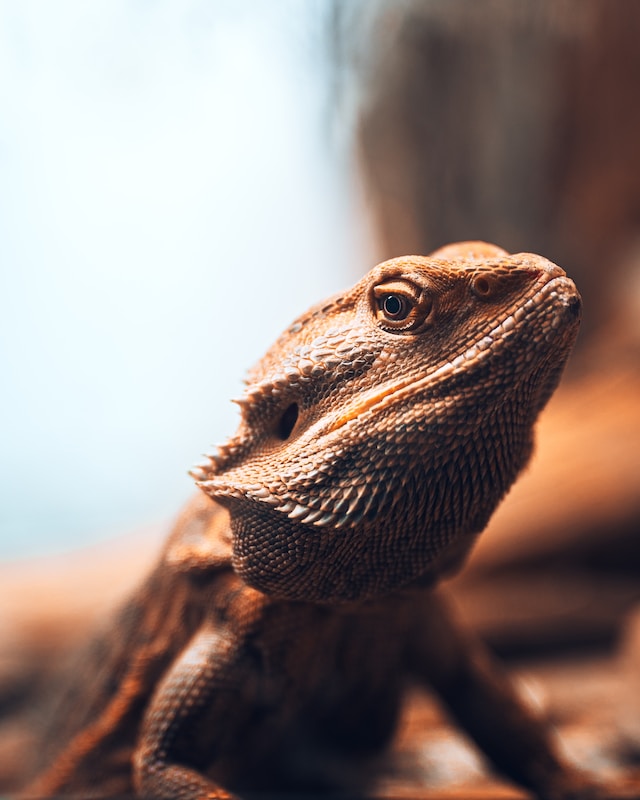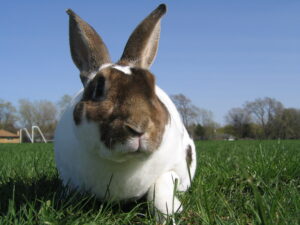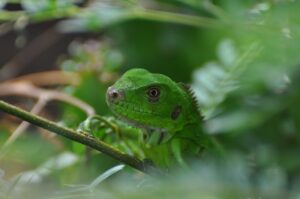
Do Bearded Dragons Make Good Pets? Let’s Find Out
Contents
Bearded dragons are one of the most popular types of pet reptiles. They make great pets because they don’t require a huge amount of space or effort to care for, which makes them appealing to first-time reptile owners. Bearded dragons can be found in pet stores and also through breeders and wholesalers who sell their stock directly to consumers over the internet. Bearded Dragons are native to Australia so if you want one as a pet then you will need to know what is required on your side of the pond – read on!
What are Bearded Dragons?
Bearded dragons are a type of lizard that can be found in Australia and parts of New Guinea. They’re omnivores, meaning they eat both plants and animals.
Bearded dragons can grow up to 24 inches long, but they’re generally only about 12 inches when fully grown. If you have an adult bearded dragon, make sure your tank is big enough!
They come in all sorts of colors: red, black/white spotted (called pied), yellow with black stripes (also called pied), blue with white dots or stripes on their sides–the list goes on!
Do Bearded Dragons Make Good Pets?
Bearded dragons are one of the most popular reptiles to keep as pets, and for good reason. They’re easy to care for and make great companions for children, who can learn about responsibility while caring for them.
Bearded Dragons Are Easy To Care For
Bearded dragons don’t require much in the way of specialized care, making them a great choice for kids with busy schedules or those who don’t have much experience in taking care of animals. They need a minimum amount of heat and light (you can use incandescent bulbs or fluorescent lights), but beyond that they’ll thrive on insects like crickets, mealworms and wax worms; greens such as collard greens or mustard greens; fruits like applesauce; calcium powder added to their food once per week; clean water bowls at all times; enclosures large enough that they can move around comfortably within them (a 5-gallon terrarium works well); toys such as wood blocks placed inside their enclosure so they have something interesting to chew on when bored–just remember not let any loose pieces fall into the toilet bowl!
Feeding Your Bearded Dragon
Your bearded dragon will need to eat every day. When you first get your pet, it’s a good idea to start by feeding it crickets. However, if you notice that the crickets are too big for your bearded dragon to handle (or if they keep getting away), try switching to superworms or mealworms instead.
Bearded dragons love vegetables and fruit–but don’t give them any! These foods are very bad for their health because they contain vitamin A which can cause liver damage in reptiles like yours if given too much of it over time. Instead of feeding him veggies or fruit, provide him with calcium-rich foods like cuttlebone pieces or sliced up eggshells from hardboiled eggs so that he gets all the nutrients he needs without risking his health by eating something potentially harmful such as carrots or bananas!
Housing Your Pet Dragon
When you’re deciding on a habitat for your pet bearded dragon, there are several things to consider.
- Choose a tank that is large enough for your dragon to move around comfortably and have plenty of room for climbing. A good rule of thumb is that the tank should be at least 10 gallons (37 liters) per inch of length in inches from nose to tail tip for an adult bearded dragon. For example, if your pet is 3 feet long (90 cm), then it would need a 30-gallon (113 liters) tank or larger.
- Selecting substrate (the material that lines the bottom of a terrarium) can be tricky because some types may cause health issues among reptiles like respiratory problems due to their dusty nature or contain toxic compounds like lead that could contaminate food sources such as fruits eaten by these animals while they’re kept in captivity over time – so make sure any choice made here doesn’t contain any harmful substances before purchasing anything new! For example: sand makes excellent substrate since it helps retain moisture levels within enclosures while also improving drainage; however this material isn’t recommended if trying something different than normal dirt/peat moss mixture because it tends towards being too dusty which could lead directly into respiratory problems later down line once exposed regularly over time periods longer than usual periods daily usage might normally take place during regular visits.”
Handling Your New Pet Dragon
Bearded dragons are relatively easy to handle. They can be trained to walk on a leash, sit on your shoulder, sit in your lap and even climb up the side of their enclosure (if it’s tall enough).
Bearded dragons are relatively easy to handle. They can be trained to walk on a leash, sit on your shoulder, sit in your lap and even climb up the side of their enclosure (if it’s tall enough).
Yes, bearded dragons make great pets.
If you’re looking for a pet that’s easy to care for and won’t require much attention, then bearded dragons are the way to go. They have a long lifespan (they can live up to 15 years), they’re not aggressive, they’re very social and they make great companions for kids.
Bearded dragons are also easy on the wallet: they don’t require any special equipment or exotic food; all you need is an appropriately sized enclosure with proper heating and lighting systems in place so your beardie can thrive in his new home.
Conclusion
We’ve covered the basics of owning a bearded dragon, from what they are and whether they make good pets, to feeding and housing them. If you’re still unsure about getting one for yourself or for a child, we suggest looking into some more information before making a decision.



Average Rating